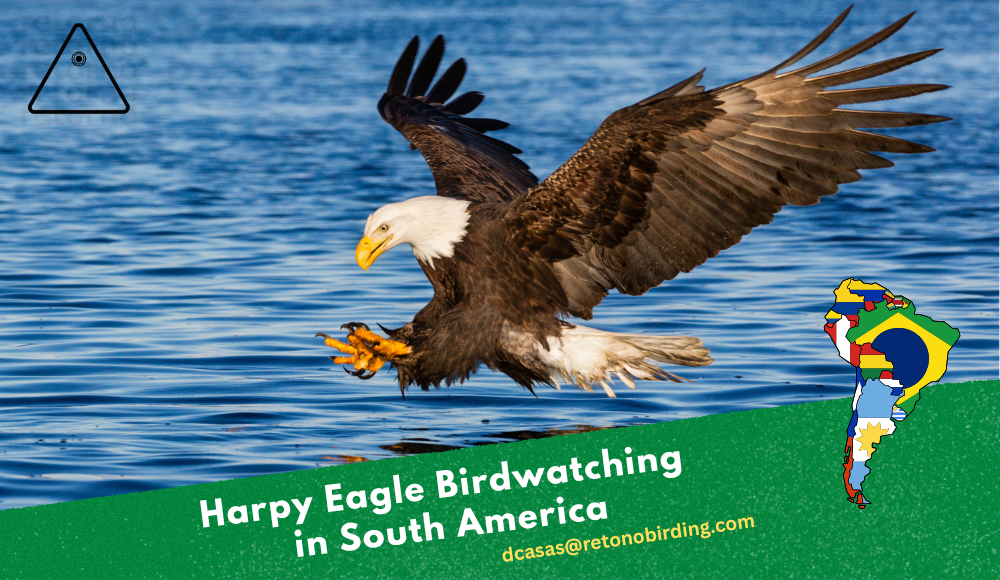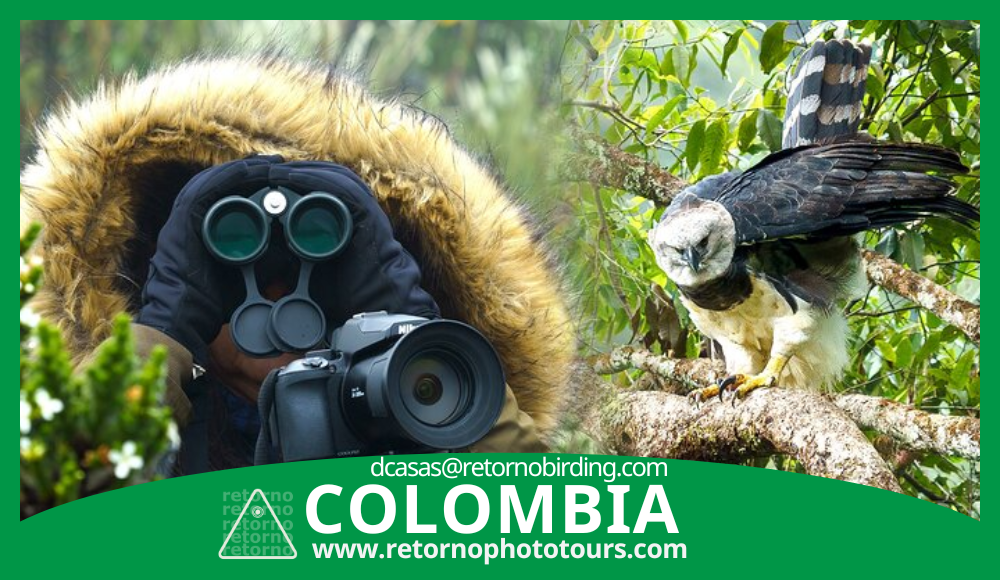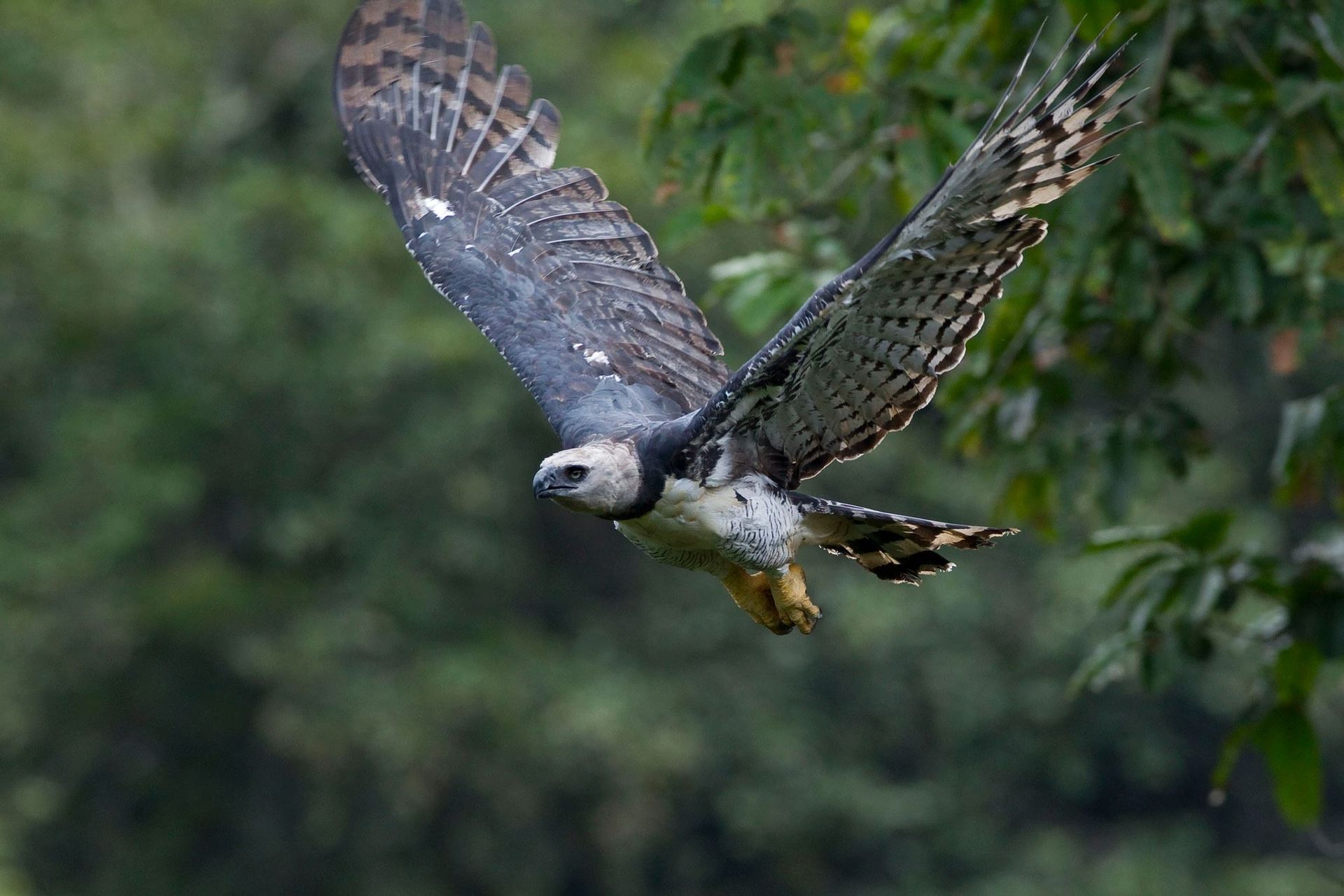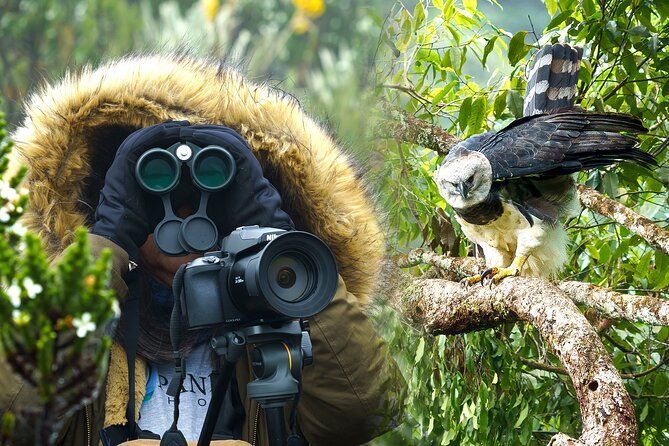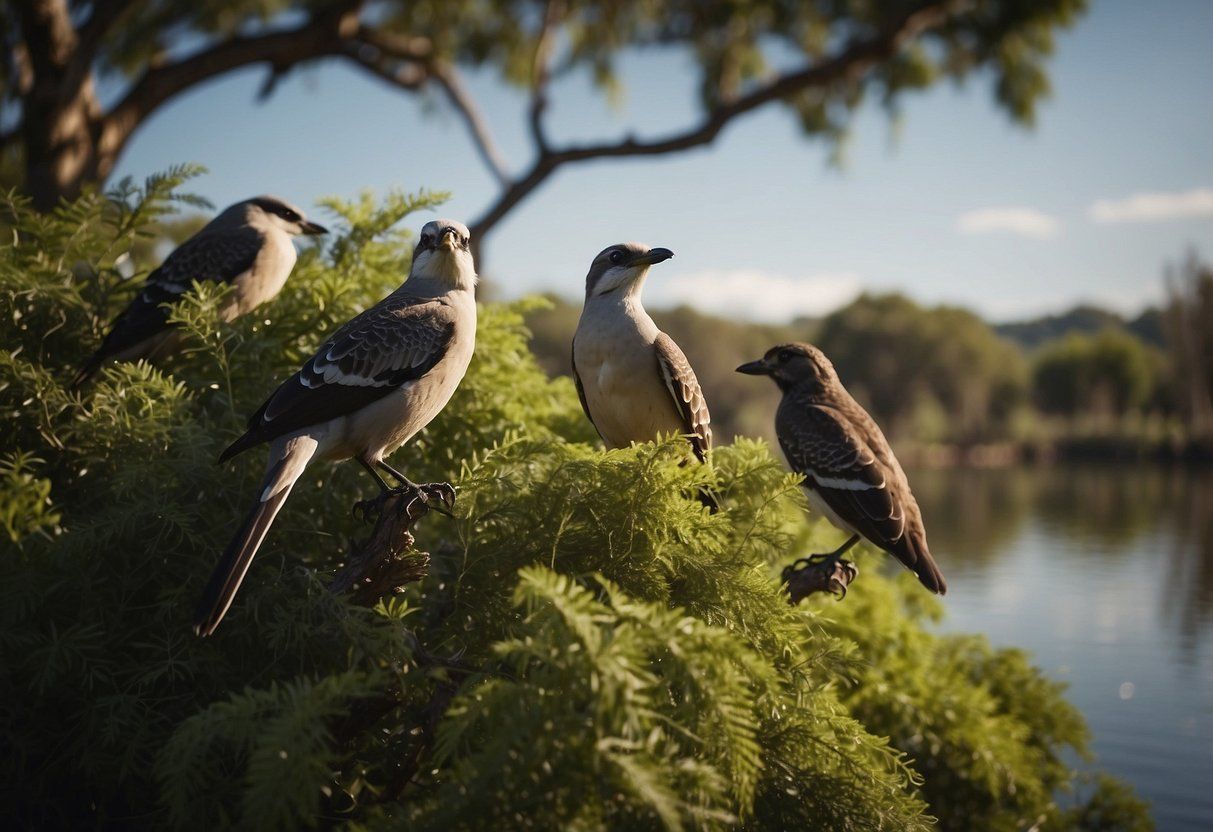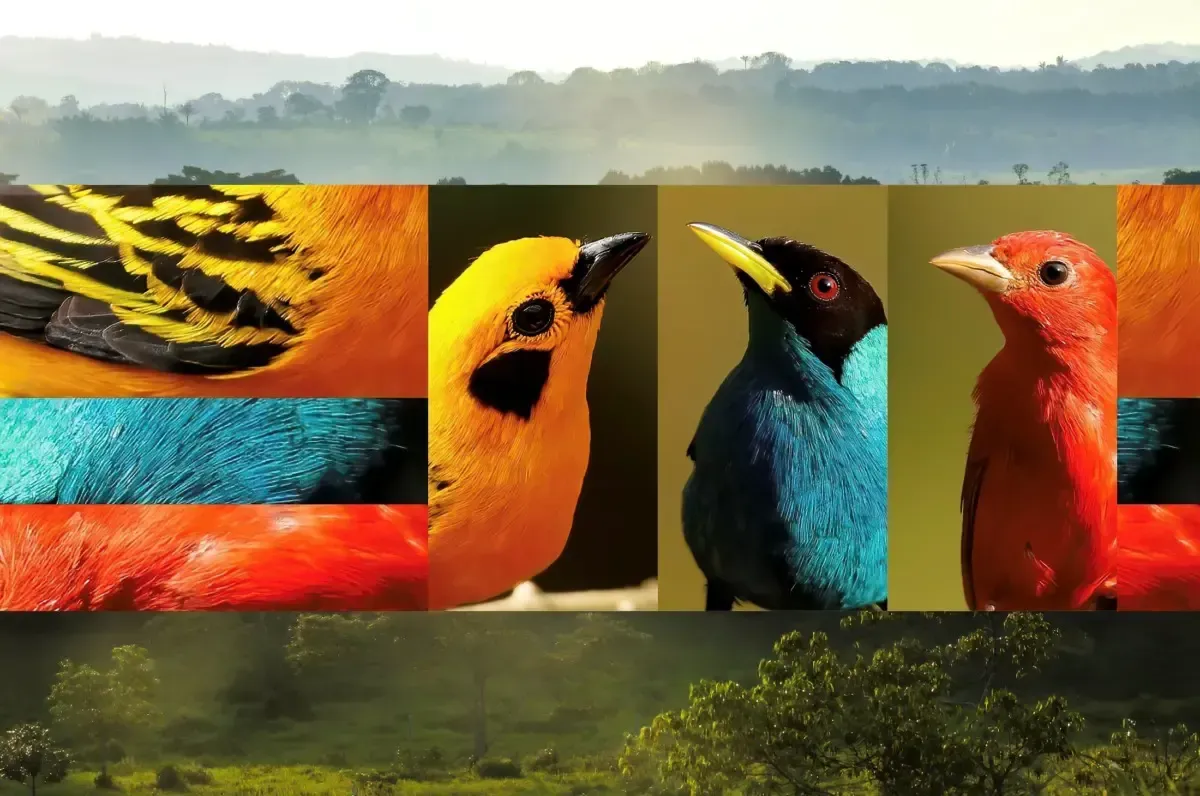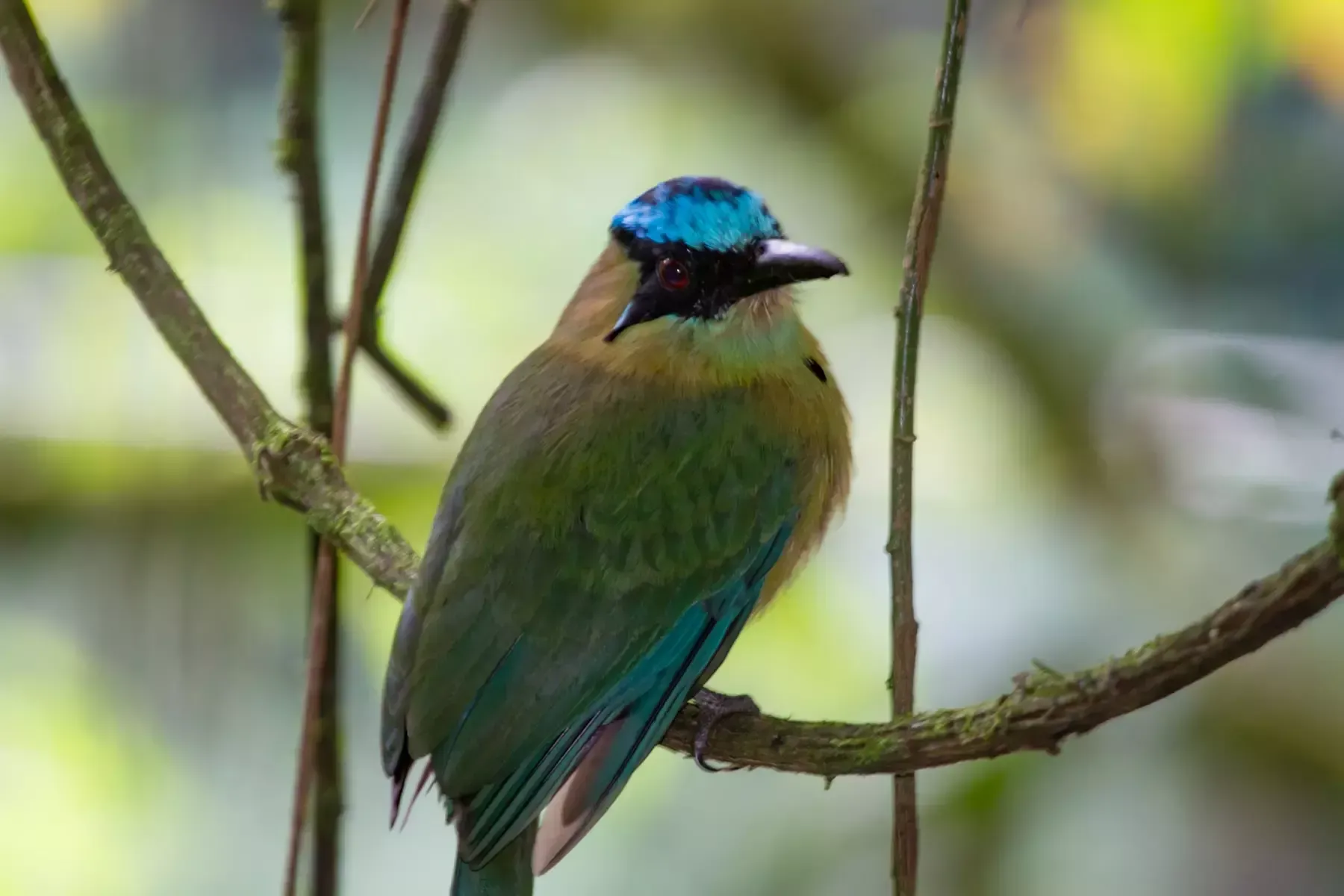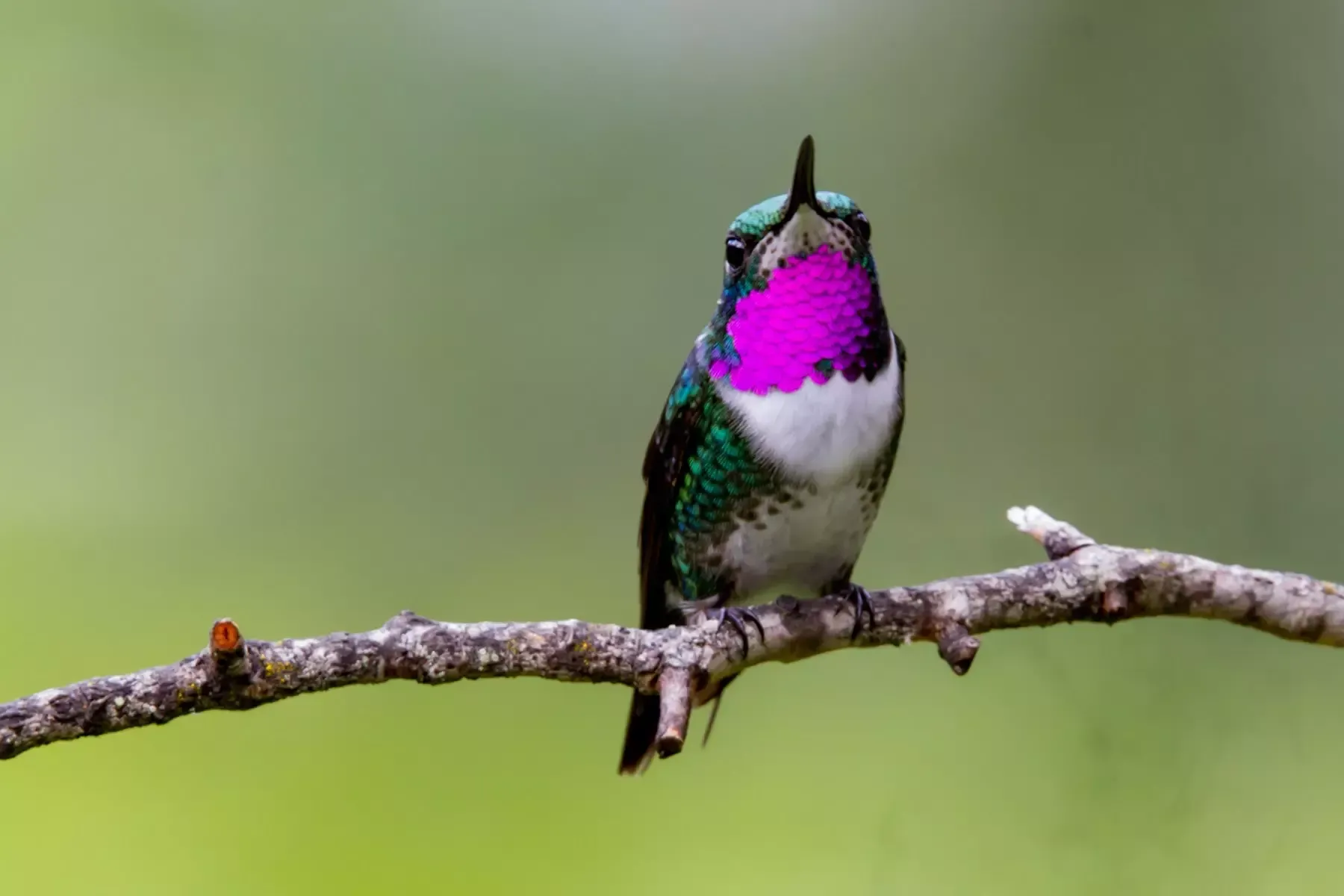Harpy Eagle Photo Expeditions: Ultimate South America Itinerary and Shooting Tips
Harpy Eagle Photo Expeditions: Ultimate South America Itinerary and Shooting Tips
The Harpy Eagle is one of the most awe-inspiring raptors on Earth—powerful, elusive, and deeply tied to the ancient forests of South America. Photographing this species in the wild is not only a technical challenge but also one of the most rewarding wildlife experiences available to photographers today. For those seeking the ultimate Harpy Eagle photographic adventure, South America offers unmatched landscapes, biodiversity, and specialized reserves dedicated to sustainable observation.
Among these destinations, the Harpy Eagle Natural Reserve stands out as the only place in the world where photographers can witness the active nesting process with guaranteed ethical access and prime photographic conditions. With the nesting season now officially underway, this is the ideal moment to plan a photo expedition.
Below is your complete guide—covering the best itinerary, the stages of the nesting season, and professional shooting tips—to help you capture unforgettable images of this majestic bird.
Ultimate Harpy Eagle Expedition Itinerary in South America
A well-planned itinerary is key to optimizing your chances of witnessing and photographing the Harpy Eagle. While these birds inhabit several South American countries, true photographic access is extremely limited. Remote territories, dense forests, and strict conservation policies make sightings rare—unless you visit the few protected areas that support sustainable photographic tourism.
The Harpy Eagle Natural Reserve, however, is unique. It provides structured access, knowledgeable local trackers, and an active nest monitored year-round. Because the nesting cycle unfolds in predictable stages, photographers can plan precisely what behaviors and moments they want to capture.
Below is the recommended multi-day expedition itinerary designed specifically for photographers.
Day 1–2: Arrival, Orientation & First Look at the Territory
Your adventure begins with arrival at the reserve region, followed by transfer to the Harpy Eagle Natural Reserve headquarters. During the first day, guests receive:
- A safety and ethics briefing
- Detailed updates on the current nest stage
- Orientation walks with the local guides
- Camera and lens tuning recommendations for rainforest conditions
Because the forest is dense and light changes quickly, learning the terrain early is essential. Late afternoon often provides great opportunities for photographing:
- Toucans
- Forest raptors
- Monkeys
- Butterflies and macro subjects
These first days help photographers acclimate, fine-tune gear settings, and prepare for the main objective: observing the Harpy Eagle family.
Day 3–6: Full Harpy Eagle Photography Sessions
These days are dedicated entirely to the Harpy Eagle. Depending on the nesting stage, photographers may witness drastically different scenes—but each is extraordinary.
Here is how the five nesting stages align with photo opportunities:
Stage 1: Courtship, Mating & Nest Building
(August–October 2025)**
This is a dramatic and highly dynamic period. Photographing this stage allows you to capture:
- The pair rebuilding the nest
- The male delivering prey to the female (courtship feeding)
- Bonding behavior between the partners
- The architectural construction of a 2-meter-wide nest
Because the eagles move frequently between trees carrying branches, aerial shots and action images abound.
Stage 2: Incubation
(November–December 2025 — current stage)**
This is one of the most intimate and emotionally powerful phases.
- The female remains on the nest day and night
- The male hunts and brings prey
- Photographers can capture the pair’s coordinated cooperation
- Light tends to be soft and stable around the nest, making this an ideal moment for natural portraits
This stage is occurring right now, making it the perfect time for wildlife photographers to visit.
Stage 3: Hatching & Full-Time Parental Care
(January–April 2026)
As the chick emerges, photography becomes even more rewarding.
You will see:
- Feeding moments between parents and chick
- The mother shading or protecting the chick from rain
- Rapid changes in the chick’s size and expression
- Beautiful family interactions
These intimate scenes rarely occur anywhere else in the world with such reliability.
Stage 4: Wandering Care & First Flights
(June–September 2026)
This is perhaps the most dramatic photographic phase.
The young eagle:
- Practices wing stretching
- Climbs around the nest tree
- Makes its first clumsy flights
- Starts developing its iconic powerful look
Action photography lovers will find this period unmatched in excitement.
Stage 5: Learning to Be an Eagle
(From December 2026 onward)
Now nearly independent, the juvenile:
- Explores its territory
- Practices hunting
- Interacts with parents at longer intervals
- Offers incredible chances for in-flight photography
This is the stage where movement is most frequent, allowing advanced photographers to capture high-speed behaviors.
Day 7–8: River, Community & Wildlife Extensions
Beyond the Harpy Eagle itself, photographers can expand their portfolio with excursions such as:
- River landscapes and canoe journeys
- Mammal sightings (monkeys, sloths, and more)
- Close-up birdwatching with dozens of colorful species
- Visits to local communities to document culture and environment
These additional experiences turn a Harpy Eagle expedition into a complete South American visual journey.
Key Shooting Tips for Photographing Harpy Eagles
Photographing a massive raptor in dense rainforest requires technical preparation. Below are expert tips used by professional wildlife photographers.
1. Use the Right Lenses
The ideal kit includes:
- 400mm to 600mm for portraits and behaviors
- 70–200mm for action shots, flight, and environmental compositions
- 24–70mm for documenting landscape and reserve activities
Because the reserve offers relatively close—and ethical—views of the nest, you won't need extreme digital cropping.
2. Stabilization Is Essential
Bring:
- A sturdy tripod
- A gimbal head
- A beanbag for forest-floor photography
Rainforest wind and humidity can create micro-movements, especially during long sessions.
3. Master Fast Shutter Speeds
Harpy Eagles move faster than expected.
Recommended settings:
- 1/1000s–1/2000s for flight
- 1/500s for feeding behavior
- 1/320s for intimate still moments
- f/4–f/5.6 for sharp but atmospheric depth
4. Work With Natural Light
The canopy creates shifting light patterns. Use:
- Early morning for soft portraits
- Midday filtered light for nest activity
- Late afternoon for warm-toned environmental shots
Diffused forest light helps avoid harsh shadows, making images beautifully detailed.
5. Respect Distance & Silence
Ethical photography protects the species. That's why the Harpy Eagle Natural Reserve is so highly regarded—they enforce strict guidelines that ensure:
- No disturbance
- No flash
- No sudden movements
- Controlled observation platforms
This guarantees both the safety of the birds and perfect photography conditions.
Why the Harpy Eagle Natural Reserve Is the Best Option in South America
Although Harpy Eagles live across several countries, the reality is:
✔ Most individuals are extremely hard to locate
✔ Nests are often deep in inaccessible forest
✔ Many areas prohibit visitors to protect the species
✔ Conservation monitoring does not allow photo access
Only the Harpy Eagle Natural Reserve offers:
- Active, monitored nests
- Responsible access for photographers
- Local guides trained in eagle behavior
- Ideal distances for ethical photography
- Year-round updates on nesting stages
- A safe, structured environment
- A rich variety of additional wildlife experiences
- Accessibility without compromising conservation
For professionals and enthusiasts alike, this is truly the world’s best location to photograph Harpy Eagles.
Conclusion: Start Your Harpy Eagle Photo Expedition Now
With the 2025–2026 nesting season already underway—and currently in the Incubation Stage—this is one of the most active and fascinating times of the year to witness the Harpy Eagle’s life cycle. Whether you’re aiming for intimate nesting portraits, high-action first flights, or breathtaking environmental compositions, South America’s premier site delivers unmatched photographic opportunities.
If you want to experience this rare wildlife event responsibly and capture outstanding images, we strongly recommend joining a specialized expedition.
👉
Explore the Wildlife Harpy Eagle Tour (Retorno Photo Tours) – the best and most complete photographic experience available.
Click here:
Harpy Eagle Photo Tour — Retorno Photo Tours
Retorno offers the best locations, the best local support, and the best chances to photograph the Harpy Eagle in its natural habitat.


